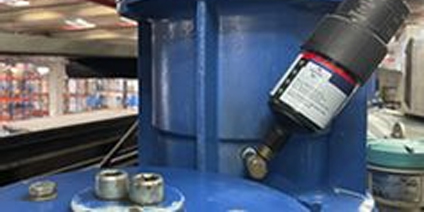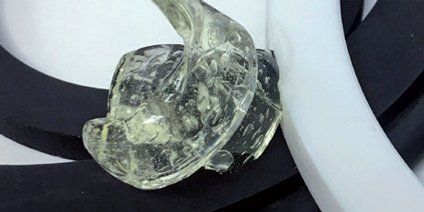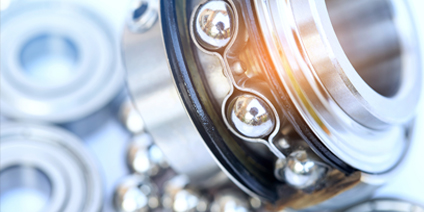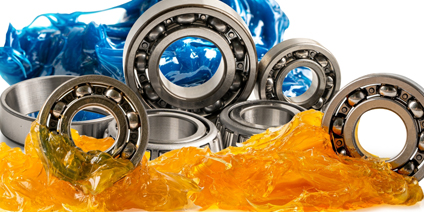Lubricating Greases
Lubricating greases are essential for the efficient and long-lasting operation of equipment and machinery in any industry. Made up of a base oil and a specially chosen thickener, these greases can be enhanced with specific additives to optimize their properties.
At FUCHS, we understand that lubricating greases are not just functional components but also crucial structural elements, especially when used as long-life lubricants. Our balanced and comprehensive range of greases and lubricating pastes offers ideal technical solutions for all applications, from the most common to the most specific and demanding.
Our current range meets the growing demands for customized greases that can operate under extreme temperatures, withstand high loads, and adapt to varying rotation speeds. Our product development starts in a laboratory environment but doesn't stop until they've been rigorously tested in real-life applications.
With nearly 100 years of experience and close relationships with pioneering companies in the industrial sector, we've designed products that ensure high performance, extended lubrication intervals, and reliable operation. Our range includes everything from standard lithium-thickened greases to those with solid additives like molybdenum disulfide or graphite, as well as advanced complex greases that can withstand higher temperatures and offer greater stability.
Trust FUCHS to provide the best lubrication solutions to ensure the optimal performance and longevity of your equipment and machinery.
Product finder
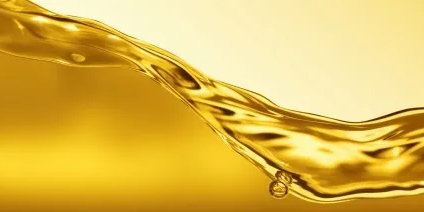
Grease Catalogue (ES)
PFAS
Automatic lubricators
Technical content about grease
Here we look at lubricating greases from different perspectives, with the intention of helping to make this world a little more understandable.
What is a grease?
A grease usually consists of three components. In a carefully controlled process, these components are combined in finely balanced proportions to produce a highperforming end product.
Testing of greases – some common tests
From base oil viscosity, dropping point, copper corrosion, cone penetration, water resistance, corrosion protection, load-bearing capacity and wear-resistance. Find about them.
NGLI rating
The NLGI number is a measure of the consistency of the grease in accordance with its worked penetration value. It is essential to ensure the correct consistency of grease in order to guarantee proper lubrication.
Grease compatibility
In general, mixing lubricants is not recommended from the point of view of good lubrication practice. However, for greases, this can occur and it is important to ensure that it does not cause incompatibility issues.
Dropping point
There are several different types of thickener, each of which has a different effect on the properties of the lubricating grease.
Separation of oil in greases
Oil separation is a natural phenomenon in lubricating greases. It is not a matter of grease quality; it is a characteristic that depends on the type and quantity of thickener.
Compatibility of lubricating greases with plastics and elastomers
Make sure the grease doesn't harm the plastic components in your application with our compatibility guides for elastomers, plastics, and oils.
When to use a grease or an oil
Find out when to use grease or oil to maximize the efficiency and protection of your equipment and machinery.
Lubrication regimes
Lubrication regimes describe the type of lubrication film that is created under certain operating conditions and are dependent on the degree of contact between these surfaces.
DIN 51502 - Classification of Lubricating Greases
A guide to understanding grease labels and lubrication points.
ISO 6743-9 - Identification of Lubricating Greases
How to decode these codes generated based on the formulation of the lubricating grease and related to its application conditions.



